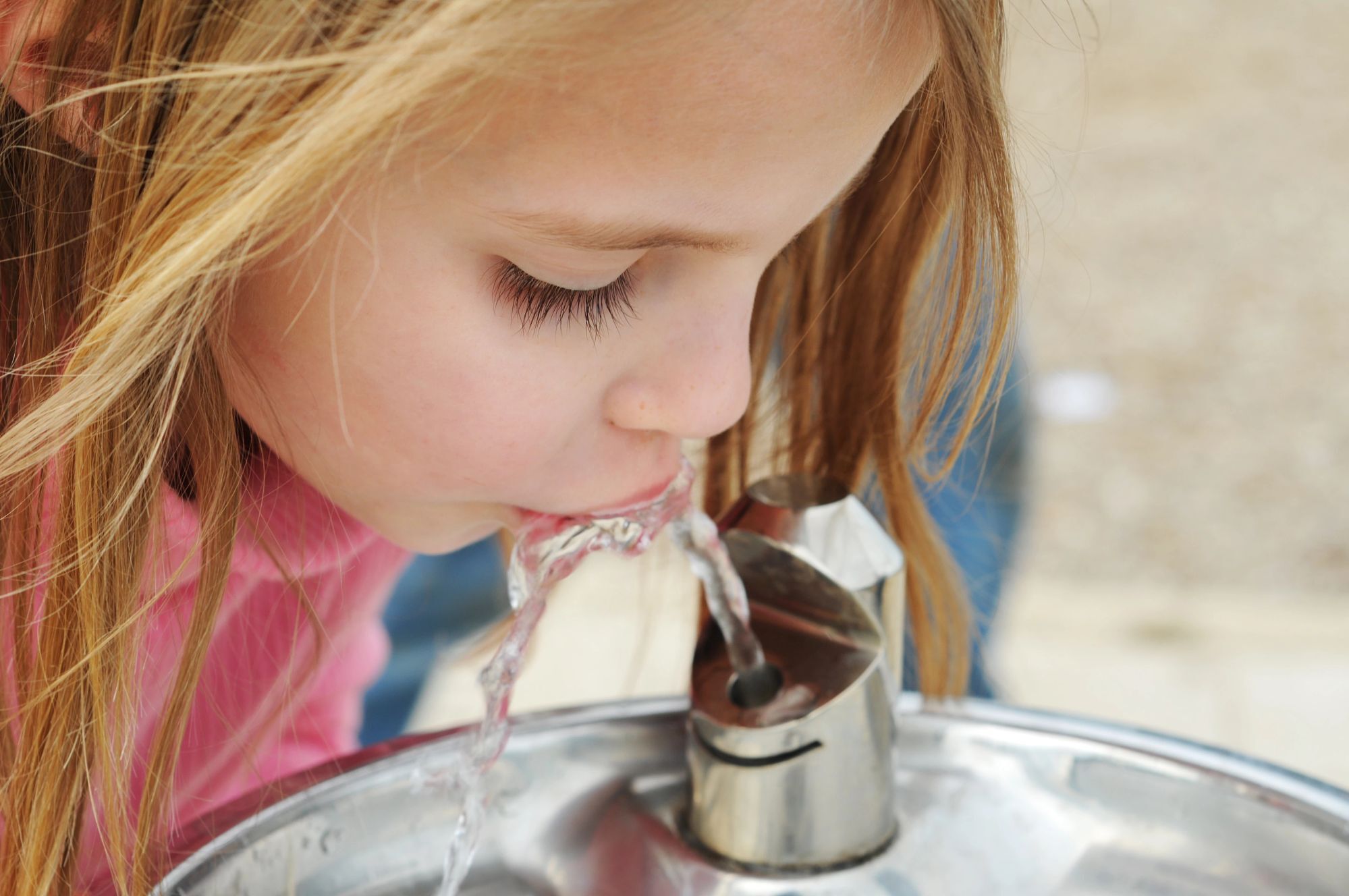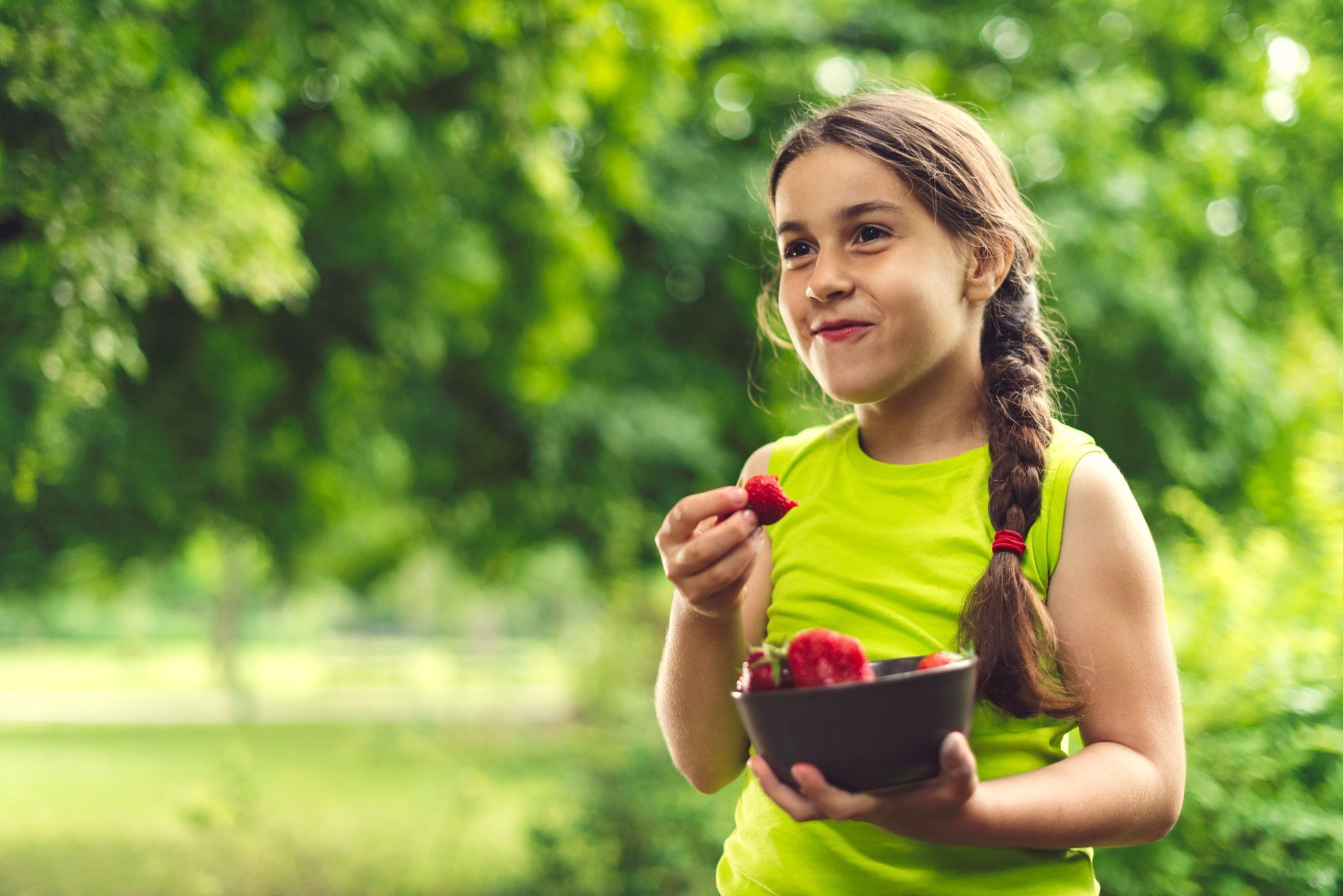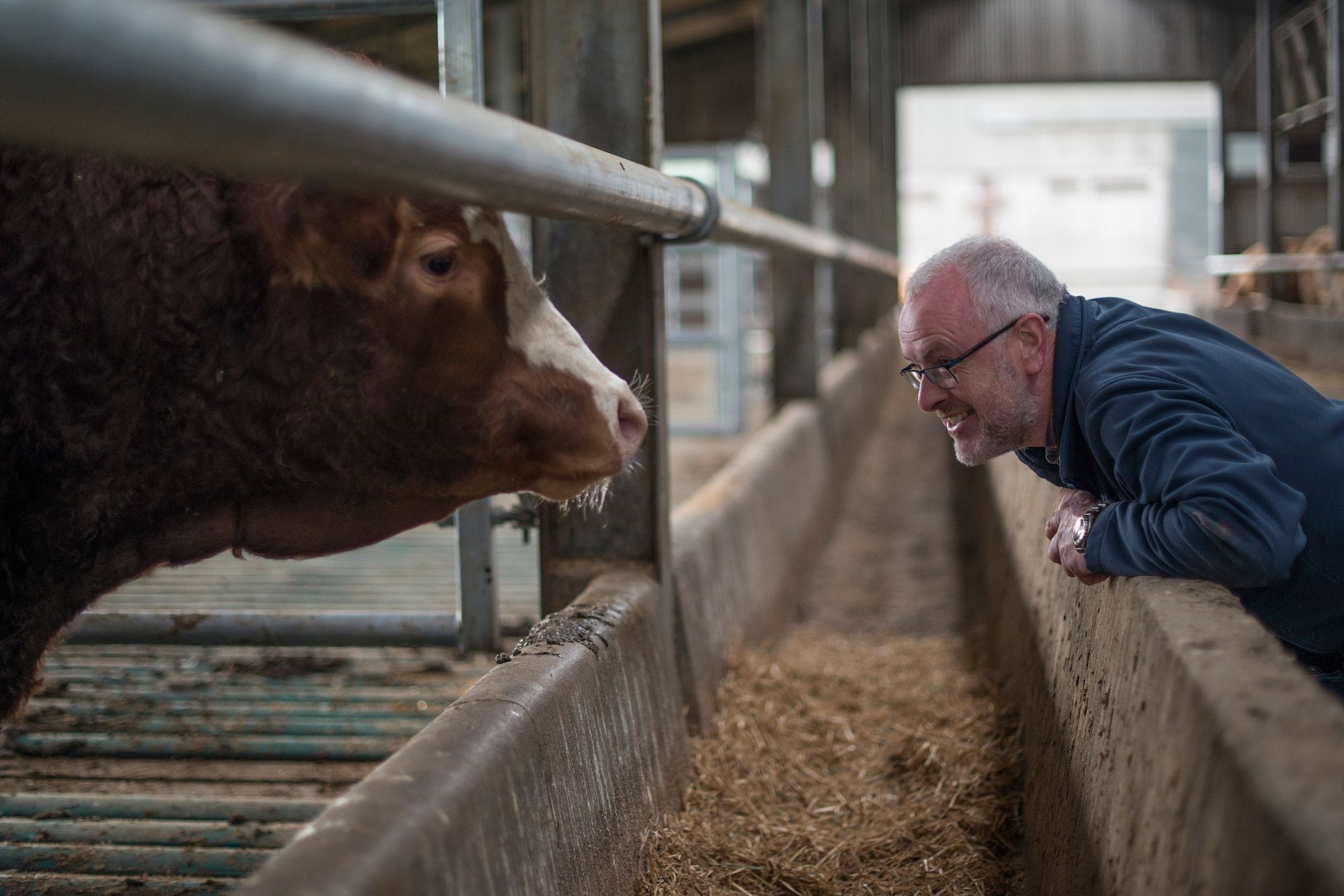Your Home’s Time to Shine: 7 Kitchen and Bathroom Cleaning Tips
If you’re like me, cleaning your kitchen and bathroom isn’t exactly the most favorite task on your chore list. Nevertheless, these are the must-do jobs for our health and safety — and the most gratifying once everything is clean and sparkling.
Remember to give your kitchen sink a good wipe down with a disinfectant at least once a week.
To help you achieve maximum success, I’ve turned to our NSF expert Lisa Yakas, a microbiologist who offers seven tips to keep your family safer and your home sparkling while showing some love to the environment. The NSF Germ Study provided insights that revealed our kitchens and bathrooms to be (no surprise) the gunkiest, germiest rooms in our homes. And if not cleaned properly, they can make us sick.
Into the Kitchen
Start your cleaning where you do most of your food prep and work your way out into the rest of the room. Work from the top down, which will help prevent tracking dirt and germs back onto the counters and floors. If you want to be environmentally friendly, consider an alternative to commercial products. Try a vinegar solution mixed with hot water for cabinets, walls and appliances to help neutralize odors, remove dirt and dissolve grease.Close En-Counters
For your food prep surfaces, such as counters and sinks, clean with a mild detergent and water, then follow with a disinfectant. For specialty surfaces, use the disinfecting agent recommended by the countertop manufacturer. And in some cases, a bleach-based solution (one teaspoon of household bleach per quart of hot water) can be used.Everything and the Kitchen Sink
Remember to give your kitchen sink a good wipe down with a disinfectant at least once a week. Germs hide in the drain area, and splashing around in the sink can spread them to places you don’t want them to go.Foodstuffs
Don't forget to check the cupboards, pantry, refrigerator and freezer for expired foods. Discard any that are beyond the posted “use by” dates.Baby Bombing
Try baking soda! Again, start at the top, working your way down and around the room, ending at the toilet. Baking soda is an environmentally friendly product that can be used for tough-to-clean areas in the bathroom that you don’t want to scratch, such as bathtubs.Let It Sparkle
Say goodbye to streaky shower doors. Rub vinegar into the stains of hard water to make them sparkle again. If you’re looking for environmentally friendly ways to clean other germy spots in your home, there are safer cleaning products for you, your family and the environment. Search for products with the U.S. Environmental Protection Agency’s Safer Choice label. They contain safer chemical ingredients that are less harmful to you and the environment.Rx for Super Cleanup
Periodically check medicine cabinets and drawers for old or expired dietary supplements, prescriptions and other medicines. Don’t flush unused medication down the toilet. Contact your local waste disposal provider for instructions on the proper disposal of old prescriptions.
Sign Up for Tips for Better Living
Stay up to date with what matters most to you and your family.
Related Posts

Foodstuffs: How To Store and Heat Leftovers Safely

Kitchen Cleaning 101: Your Ultimate Guide to Optimum Kitchen Cleaning

Keeping a Clean Home, Especially When You Share It With Your Pet

loMT: Utilize Internal Information Security Expertise to Combat Cyber Risks
Sources:
www.nsf.org/blog/consumer/spring-cleaning-5-green-cleaning-hacks
www.nsf.org/blog/consumer/spring-cleaning-difference-between-cleaning-disinfecting-sanitizing
www.nsf.org/blog/consumer/must-have-kitchen-tools
How NSF Can Help You
Get in touch to find out how we can help you and your business thrive.

What’s New with NSF

Michigan’s “Filter First” Law: A Guide for Schools and Childcare Centers
April 23, 2024
Healthy People Living on a Healthy Planet: The Future We’re Working For
April 4, 2024
American Meat and Egg Distributors Now California-Ready with NSF’s Prop 12 Certification
April 3, 2024